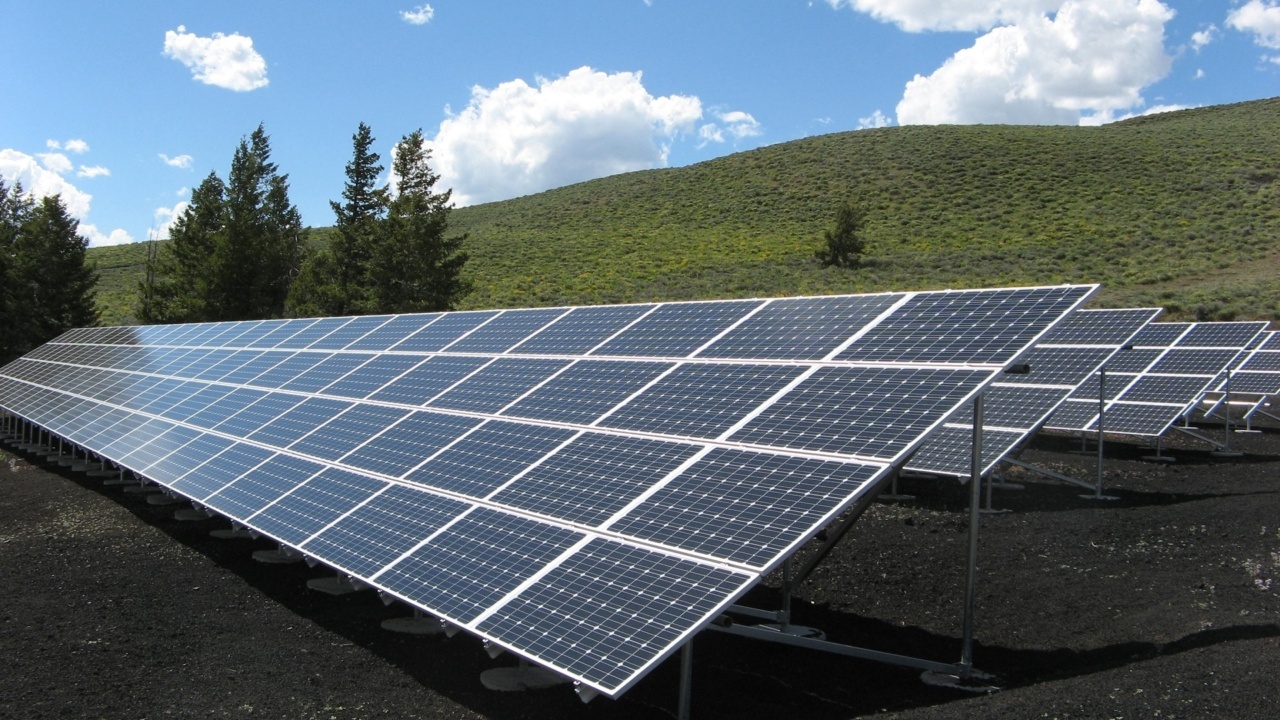Solar energy depletion is a growing concern as the world continues to rely heavily on renewable energy sources.
The increasing demand for solar energy has led to a surge in the installation of solar panels and other devices that harness the power of the sun. However, this rapid adoption has also brought its own set of challenges, one of which is overheating. In this article, we will explore the causes and consequences of solar energy depletion due to overheating and discuss ways to cope with this issue.
Causes of Solar Energy Overheating
There are several factors that contribute to the overheating of solar energy systems:.
1. Insufficient Ventilation
Poor ventilation in solar panel installations can lead to heat buildup. When the panels are not properly ventilated, the trapped heat can affect their efficiency and performance.
2. High Ambient Temperatures
In hot climates, the overall ambient temperature can reach levels that exceed the optimal operating temperature range of solar panels. This excess heat can cause the panels to overheat and reduce their power output.
3. Dust and Debris Accumulation
Dust, dirt, and other debris can accumulate on solar panels over time, forming a layer that acts as insulation. This insulation prevents heat dissipation and increases the temperature of the solar panels, leading to overheating.
4. Shading
Shading, whether from nearby buildings, trees, or other structures, can cause localized overheating of solar panels.
When certain areas of the panels are shaded, they generate less electricity and can become hotspots, which may damage the panels over time.
Consequences of Solar Energy Overheating
The consequences of overheating can be detrimental to solar energy systems:.
1. Reduced Energy Generation
Overheating decreases the efficiency of solar panels, resulting in a reduction in energy generation. This decrease in output can lead to a decrease in the overall performance of solar energy systems and limit their ability to meet energy demands.
2. Premature Aging and System Failure
Continuous overheating can accelerate the aging process of solar panels and other components, leading to premature wear and system failure. The excessive heat can cause the materials to degrade faster and result in decreased lifespan.
3. Increased Maintenance Costs
Overheating may require additional maintenance and cleaning of solar panels to prevent dust and debris buildup. This additional upkeep can incur extra costs and time, impacting the overall maintenance budget of solar energy systems.
Ways to Cope with Solar Energy Overheating
To mitigate the effects of overheating and ensure optimal performance of solar energy systems, the following measures can be taken:.
1. Improved Ventilation and Airflow
Enhancing the ventilation and airflow around solar panels can help dissipate heat more effectively. This can be achieved through the installation of vents, fans, or by ensuring sufficient spacing between panels to allow air to circulate.
2. Cool Roofing and Shading Solutions
Cool roofing materials can help reduce the overall ambient temperature around solar panel installations.
Additionally, shading solutions such as proper positioning, tree trimming, or the use of shade sails can minimize the impact of direct sunlight and prevent localized overheating.
3. Regular Cleaning and Maintenance
Regular cleaning and maintenance of solar panels are essential to remove dust, dirt, and other debris that can insulate the panels and cause overheating.
Scheduled maintenance routines should be followed to ensure the longevity and efficiency of the solar energy systems.
4. Advanced Monitoring and Control Systems
Installing advanced monitoring and control systems can help detect and address overheating issues in real-time. These systems can provide alerts and allow for remote monitoring, enabling prompt actions to prevent overheating and minimize downtime.
Conclusion
Solar energy depletion due to overheating is a significant challenge faced by solar energy systems. To cope with this issue, proper ventilation, shading solutions, regular cleaning, and advanced monitoring systems can be implemented.
By addressing overheating, we can ensure the longevity, efficiency, and continued success of solar energy as a sustainable renewable energy source for years to come.






























